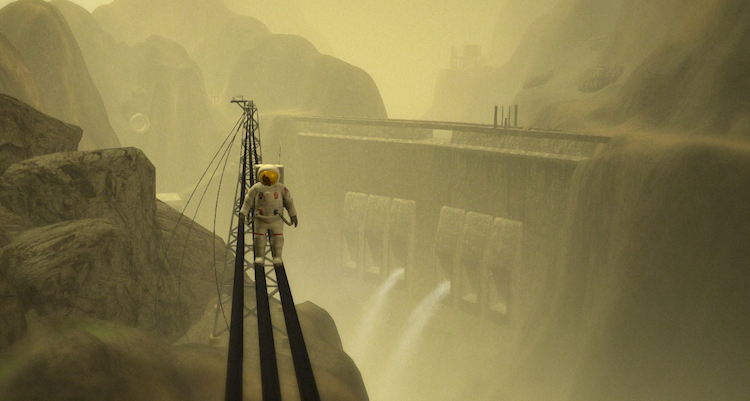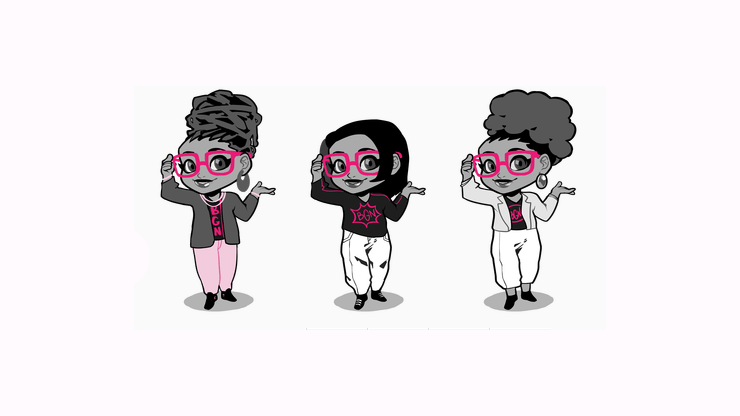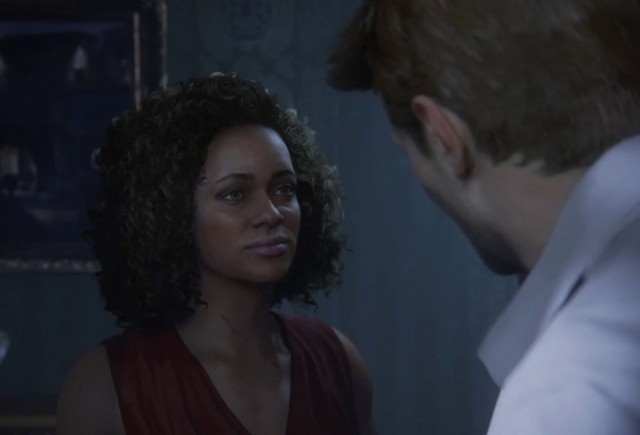When I first wrote about the online social deception game community I joined, I mentioned my failed attempts to get my hands on game development documents for pedagogical purposes. When I began to play mafia with this group, and to learn more about how the community functioned, my project was suddenly renewed, in a whole new way, for here was a community producing dozens of games, complete with support documentation and notes outlining the design process. It’s all curated: they follow a specific workflow, moving through set stages of design, using fixed processes, and producing games that are balanced, productive, and varied, all the while keeping volunteer mods, gamerunners/designers, and players all coming back for more.
Games, for the most part, take place on the home forum, in a smaller sub-board, though the occasional live or specialized game may be run on one of the community’s satellite platforms, like the chat app Discord. Games are asynchronous; a question may be asked one day and answered by another player the next, a necessary feature for a global community. But before games happen, a potential designer first expresses their interest and idea and is granted a development board on another private forum, where other discussions that need to be hidden from the general public (and players!) happen. Each potential designer is assigned at least one game reviewer, who may offer light or extensive feedback on a game as the designer creates. I recently completed my first game design for the community, and my two reviewers helped with everything from balance to “flavor,” or the thematic frame of the game—the setting, the inciting incident, the “story” moments that happen throughout. For the development of another game I read, however, the designer had roles and ideas settled before the reviewer stepped in, and a little back-and-forth discussion, a few tweaks on powers, and the game was ready to go.
The design is then passed up to the community overseers. As I’ve only just begun to dig into documentation, I can’t say with certainty what happens then. I expect some games get re-reviewed there if they are particularly controversial or exciting, or if there’s a new designer. In conversations with one of the leads, I learned that at this stage games are vetted to make sure suggested changes are actually implemented with consistency across all supporting documents. But once games are given a green light, they move into the queue. Games are organized into seasons, with two to as many as seven or eight games run per season. After each season, there is a short break for review of rules, participation, and community health, and then it all begins again.
Once a game is cleared and slotted into a season, players sign up, roles are assigned (randomly), and role cards are distributed. Players may be “vanilla,” without any particular powers, or may serve in roles from the protective to the disruptive. Actions are tracked on spreadsheets; a Strongman can punch through a Doctor’s protection to pull off a kill for the mafia team, but the gamerunner must keep track of targets and use of powers, as special abilities are often limited in use. A community member wrote a script to automatically track votes placed in each game, to save gamerunners time and effort, and to allow anyone to check vote counts at any time. An automatic timer is added to each day and night phase, so every player always knows how much time remains before the end of the phase, when votes or actions are due. Some gamerunners include links on the first page of the game thread to make it easier for observers and analytical players to find the beginnings and endings of phases, and even after a game wraps, the practice of documentation continues. Roles are revealed. Performance awards handed out. Spreadsheets tracking win/loss records for players and the community as a whole are updated. The frequency of use of certain in-game roles is noted. Encyclopedic knowledge of past performance and play styles is available for any player, on any player, if they’re willing to look.
I’ve only just begun digging into what duties the community leaders perform to maintain stability and organization, but so far duties seem to include technical support, emotional support, recruitment considerations, and more. A great deal of invisible—and perhaps sometimes unappreciated—labor goes into making sure the community runs smoothly.
Recently, a game dev tweeted on some of the reasons for secrecy in development communities. It’s not all NDAs and marketing secrets; audiences can be hostile to the development process. But in this insular community, data is openly shared. This isn’t to say there’s never any friction, or that every game is successful, but the engine of this mafia community runs on information and a workflow design more efficient than those at some companies I’ve worked for in the past. It’s an impressive system, particularly for shifting teams of volunteers and participants.
In the coming weeks, I’ll explore playflow, the companion to workflow, onboarding, and the language and lore around online mafia as a whole and within this community in particular.
You can reach Alisha at her website.




